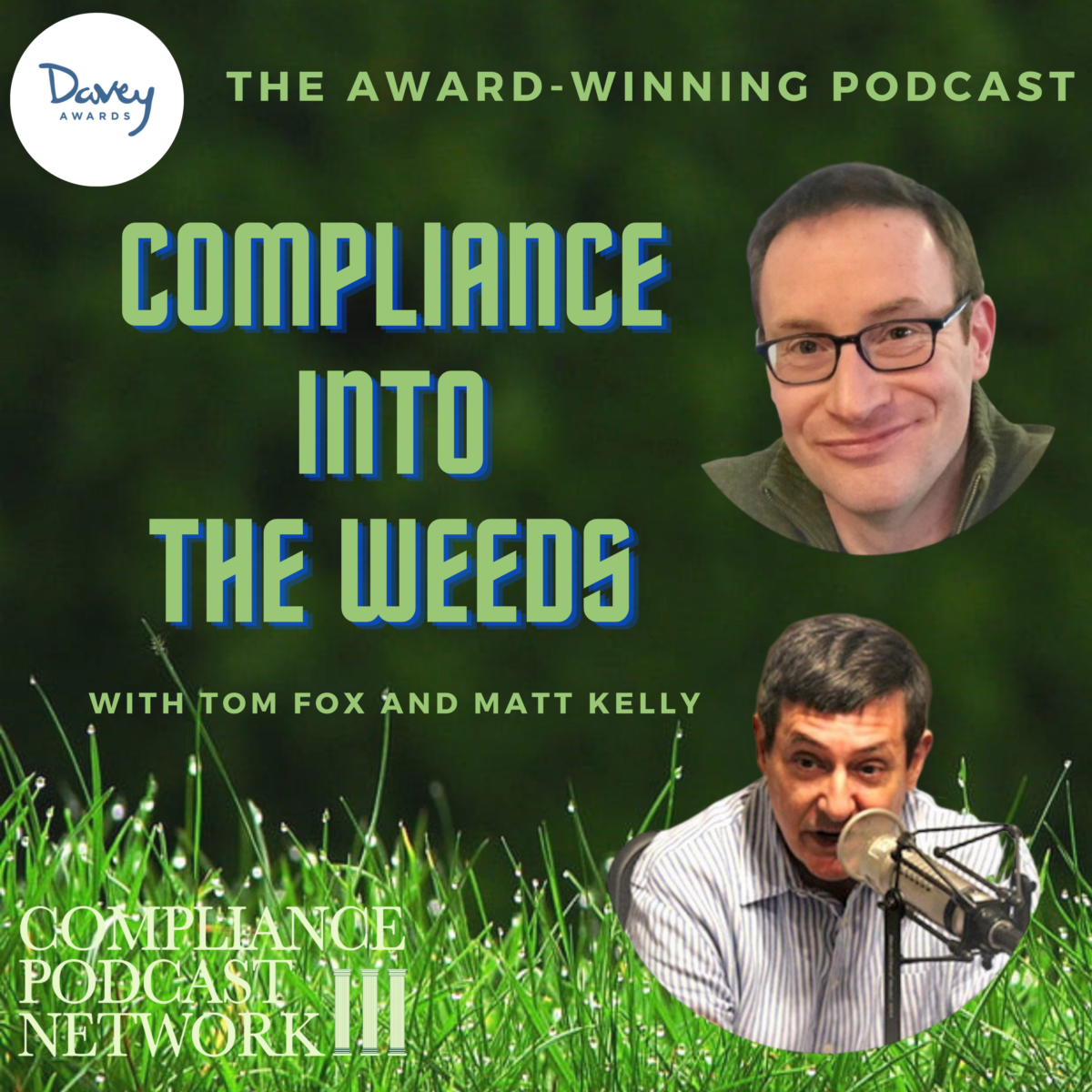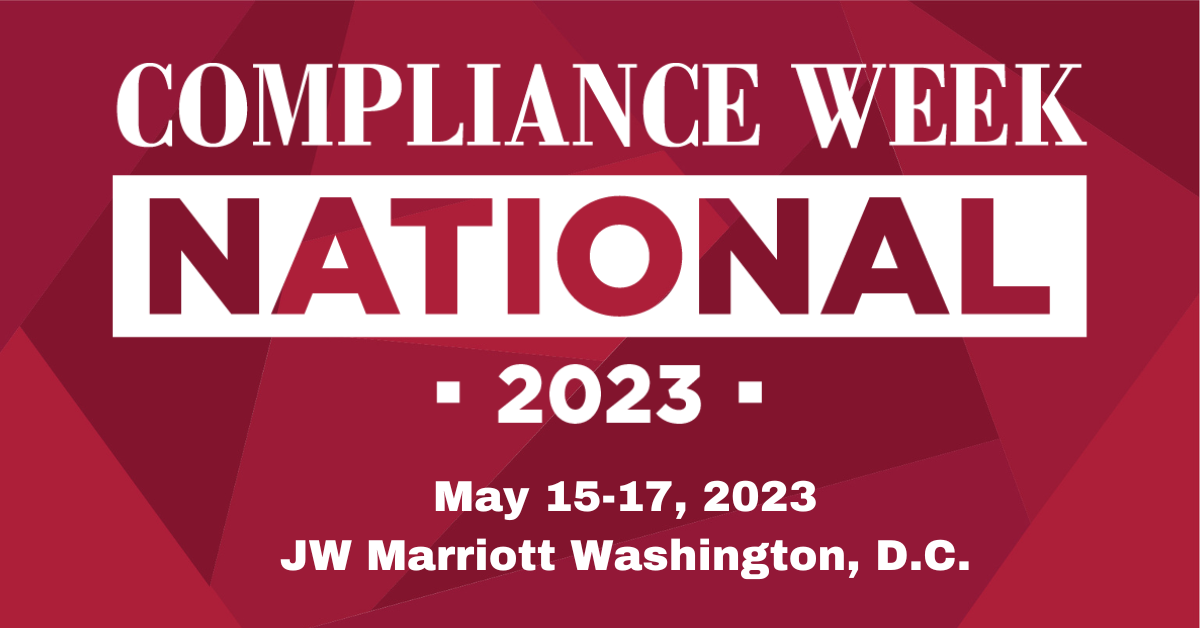The award-winning Compliance into the Weeds is the only weekly podcast that takes a deep dive into a compliance-related topic, literally going into the weeds to more fully explore a subject.
Looking for some hard-hitting insights on compliance? Look no further than Compliance into the Weeds!
In this episode, Tom and Matt take a deep dive into the variables a compliance professional should consider when performing a risk assessment. We also say a few words about our experiences in the total solar eclipse of April 8.
Risk assessments in compliance encompass the careful evaluation of both external and internal risks, necessitating a carefully planned process for overseeing various risk assessments within a company. This task, while intricate and often challenging, is a crucial aspect of compliance.
Fox emphasizes the necessity of precisely defining the scope of risk assessments, which could involve assessing external threats, internal controls, or both. He proposes that companies could benefit from the guidance of internal audits, external consultants, or professional service firms.
Similarly, Matt acknowledges its complex and challenging nature. Kelly underscores the importance of a disciplined, coherent approach to managing risk assessments across different parts of an organization, suggesting the possibility of involving assistance from third-party firms or internal audit teams.
Both Fox and Kelly’s perspectives underscore the importance of strategic planning, effective management, and possible external input in conducting risk assessments in compliance programs.
Key Highlights:
- Comprehensive Approach to Conducting Risk Assessments
- Collaborative Risk Assessment for Compliance Optimization
- Enhancing Compliance through Internal Control Testing
- Strategic Integration of Compliance in Enterprise Risk
- Celestial Event Viewing: The Influence of Clouds
Resources:
Matt on Radical Compliance
Tom











